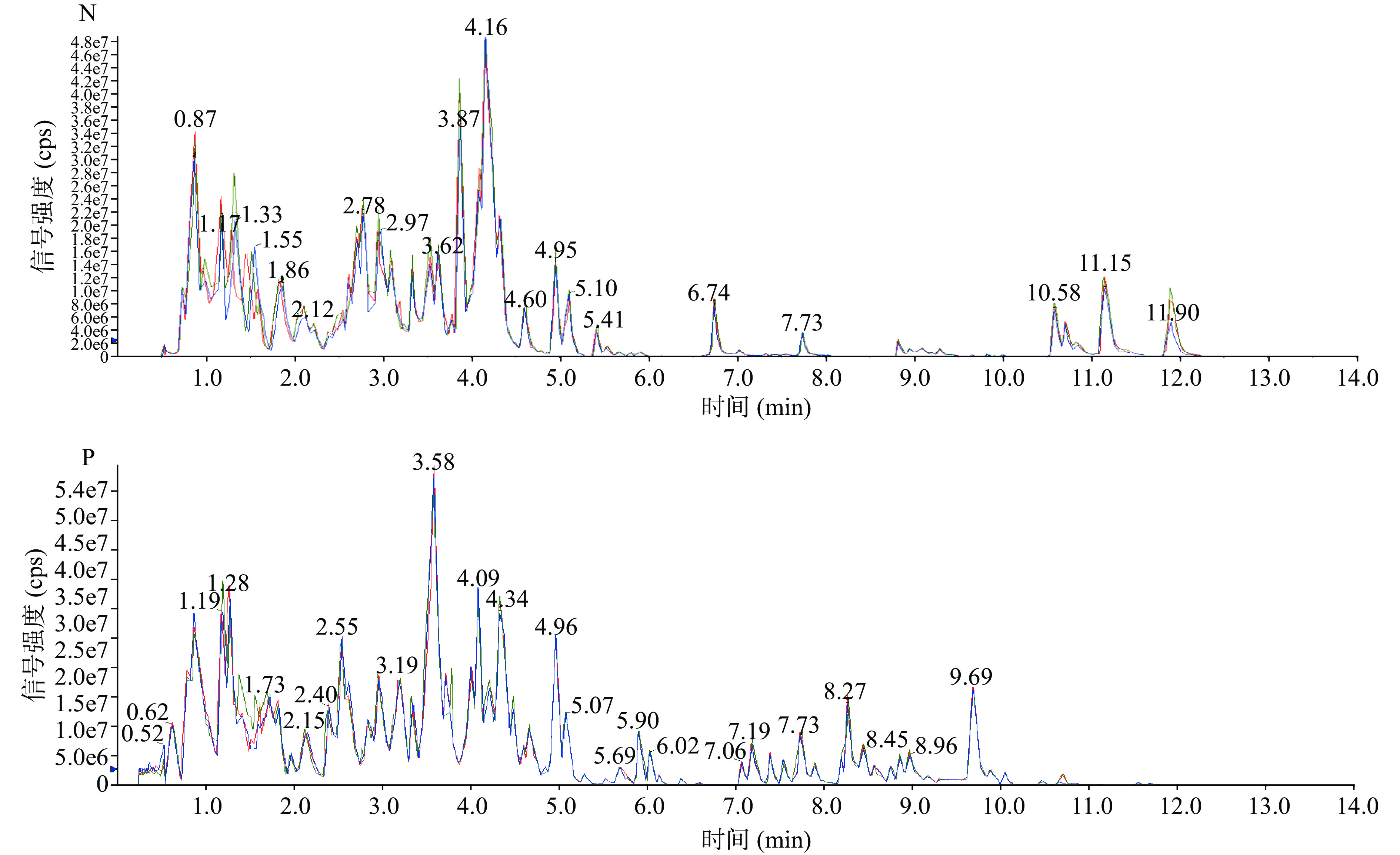| [1] |
杨维时. 茶树嫁接研究进展[J]. 茶叶通讯,1985,12(4):21−24. [YANG Weishi. Research progress of tea grafting[J]. Tea Communication,1985,12(4):21−24.
|
| [2] |
宁静, 刘文武, 梁国强, 等. 茶树良种嫁接技术研究[J]. 茶叶通讯,2014,41(3):20−23. [NING Jing, LIU Wenwu, LIANG Guoqiang, et al. Study on grafting technology of improved tea varieties[J]. Tea Communication,2014,41(3):20−23. doi: 10.3969/j.issn.1009-525X.2014.03.005
|
| [3] |
冷杨, 尚怀国, 陈勋, 等. 我国低产低效老茶园改造技术措施及工作建议[J]. 中国农技推广,2019,35(8):11−13. [LENG Yang, SHANG Huaiguo, CHENG Xun, et al. Technical measures and work suggestions for the transformation of low yield and low efficiency old tea plantations in China[J]. China's Agricultural Technology Promotion,2019,35(8):11−13. doi: 10.3969/j.issn.1002-381X.2019.08.004
|
| [4] |
WANG J, JIANG L B, WU R L. Plant grafting: How genetic exchange promotes vascular reconnection[J]. New Phytologist,2016,214(1):56−65.
|
| [5] |
HUANG Y, KONG Q S, CHEN F, et al. The history, current statusand future prospects of vegetable grafting in China[J]. Acta Horticulturae,2015,1086:31−39.
|
| [6] |
何文, 潘鹤立, 潘腾飞, 等. 果树砧穗互作研究进展[J]. 园艺学报,2017,44(9):1645−1657. [HE Wen, PAN Heli, PAN Tengfei, et al. Research progress of rootstock spike interaction in fruit trees[J]. Journal of Horticulture,2017,44(9):1645−1657. doi: 10.16420/j.issn.0513-353x.2017-0147
|
| [7] |
宁静, 杨阳, 梁国强, 等. 嫁接技术在茶树上的应用研究与展望[J]. 茶叶通讯,2014,41(1):30−33. [NING Jing, YANG Yang, LIANG Guoqiang, et al. Application research and prospect of grafting technology in tea[J]. Tea Communication,2014,41(1):30−33. doi: 10.3969/j.issn.1009-525X.2014.01.009
|
| [8] |
卢昱宇, 冯伟民, 陈罡, 等. 蔬菜嫁接技术研究进展及应用[J]. 江苏农业科学,2014,42(7):167−169. [LU Yuyu, FENG Weimin, CHEN Gang, et al. Research progress and application of vegetable grafting technology[J]. Jiangsu Agricultural Science,2014,42(7):167−169. doi: 10.3969/j.issn.1002-1302.2014.07.056
|
| [9] |
吴姗, 骆耀平. 嫁接茶树氨基酸含量变化及分析[J]. 茶叶,2000,26(2):3. [WU Shan, LUO Yaoping. Changes and analysis of amino acid content in grafted tea[J]. Tea,2000,26(2):3. doi: 10.3969/j.issn.0577-8921.2000.02.006
|
| [10] |
梁月荣, 陆建良, 龚淑英, 等. 嫁接对茶树新梢化学成分的影响[J]. 茶叶,2001,27(1):39−40. [LIANG Yuerong, LU Jianliang, GONG Shuying, et al. Effects of grafting on chemical components of tea shoots[J]. Tea,2001,27(1):39−40. doi: 10.3969/j.issn.0577-8921.2001.01.012
|
| [11] |
虞昕磊, 艾于杰, 曲凤凤, 等. 代谢组学在研究茶叶品质形成中的应用[J]. 茶叶科学,2018,38(1):20−32. [YU Xinlei, AI Yujie, QU Fengfeng, et al. Metabolomics application in the study of tea quality formation[J]. Journal of Tea Science,2018,38(1):20−32. doi: 10.3969/j.issn.1000-369X.2018.01.003
|
| [12] |
吴文亮, 林勇, 黄浩, 等. 代谢组学在茶叶品质与药理研究中的应用进展[J]. 中国农业科技导报,2018,20(10):44−54. [WU Wenliang, LIN Yong, HUANG Hao, et al. Application progress of metabonomics in the study of tea quality and pharmacology[J]. China Agricultural Science and Technology Guide,2018,20(10):44−54.
|
| [13] |
周琼琼, 孙威江. 代谢组学技术及其在茶叶研究中的应用[J]. 天然产物研究与开发,2015,27(10):1821−1826. [ZHOU Qiongqiong, SUN Weijiang. Metabonomics technology and its application in tea research[J]. Natural Product Research and Development,2015,27(10):1821−1826. doi: 10.16333/j.1001-6880.2015.10.024
|
| [14] |
马成英, 吕美玲, 周珊, 等. 应用UHPLC-QTOF/MS平台结合代谢组学技术研究嫁接对茶叶次生代谢产物的影响[C]. 中国化学会第30届学术年会-第四十三分会: 质谱分析. 2016
MA Chengying, LÜ Meiling, ZHOU Shan, et al. UHPLC-QTOF/MS platform combined with metabonomics technology was used to study the effect of grafting on secondary metabolites of tea[C]. The 30th Annual Meeting of the Chinese Chemical Society-Chapter 43: Mass Spectrometry. 2016.
|
| [15] |
邓威威, 范妍冰, 顾辰辰, 等. 油茶砧和茶穗嫁接后苗期叶片形态和次级代谢物含量的变化[J]. 热带亚热带植物学报,2017,25(1):35−42. [DENG Weiwei, FAN Yanbing, GU Chenchen, et al. Changes of leaf morphology and secondary metabolite content of Camellia oleifera after rootstock and tea ear grafting at seedling stage[J]. Journal of Tropical and Subtropical Plants,2017,25(1):35−42. doi: 10.11926/jtsb.3641
|
| [16] |
杨凤玲. 低产茶园茶树嫁接试验研究[J]. 云南农业科技,2009(2):6−9. [YANG Fengling. Experimental study on tea grafting in low yield tea garden[J]. Yunnan Agricultural Science and Technology,2009(2):6−9. doi: 10.3969/j.issn.1000-0488.2009.02.001
|
| [17] |
陶仕科, 郑新强, 梁月荣. 云南大叶种茶树老桩套袋嫁接及管理技术[J]. 茶叶,2021,47(3):165−168. [TAO Shike, ZHENG Xinqiang, LIANG Yuerong. Bagging grafting and management technology of old piles of Yunnan large leaf tea[J]. Tea,2021,47(3):165−168. doi: 10.3969/j.issn.0577-8921.2021.03.009
|
| [18] |
韦持章. 云南大叶茶群体种嫁接乌龙茶品种研究[D]. 南宁: 广西大学, 2012
WEI Zhizhang. Study on grafting oolong tea varieties with Yunnan Daye tea population species[D]. Nanning: Guangxi University, 2012.
|
| [19] |
KARUNAKARAN R, LLANGO R. Grafting influence on productivity and drought tolerance of tea clones[J]. The Journal of Agricultural Science,2019,157(3):217−225. doi: 10.1017/S0021859619000480
|
| [20] |
TUWEI G, KAPTICH F K K, LANGAT M C, et al. Effects of grafting on tea 2. Drought tolerance[J]. Experimental Agriculture,2008,44(4):537−546. doi: 10.1017/S0014479708006947
|
| [21] |
NAGARAJAH S, SOLOMON H R. Grafting for drought resis-tance in clonal tea[J]. Tea Quarterly,1981,50(4):172−174.
|
| [22] |
张丽芬, 刘建平. 白化茶树新品种‘景白1号’选育报告[J]. 茶叶,2018,44(3):125−129. [ZHANG Lifen, LIU Jianping. Breeding report of a new albino tea variety 'Jingbai 1'[J]. Tea,2018,44(3):125−129. doi: 10.3969/j.issn.0577-8921.2018.03.002
|
| [23] |
FENG L, GAO M J, HOU R Y, et al. Determination of quality constituents in the young leaves of albino tea cultivars[J]. Food Chemistry,2014,155(11):98−104.
|
| [24] |
吴姗, 骆耀平. 嫁接两年生茶树新梢主要生化成分的变化[J]. 茶叶,2001,27(3):5. [WU Shan, LUO Yaoping. Changes of main biochemical components in grafted two-year-old tea shoots[J]. Tea,2001,27(3):5. doi: 10.3969/j.issn.0577-8921.2001.03.007
|
| [25] |
王文建. 不同砧木嫁接铁观音与茶叶品质关系研究初报[J]. 茶叶科学技术,2007(4):6−8. [WANG Wenjian. Preliminary study on the relationship between Tieguanyin grafted on different rootstocks and tea quality[J]. Tea Science and Technology,2007(4):6−8.
|











 DownLoad:
DownLoad: